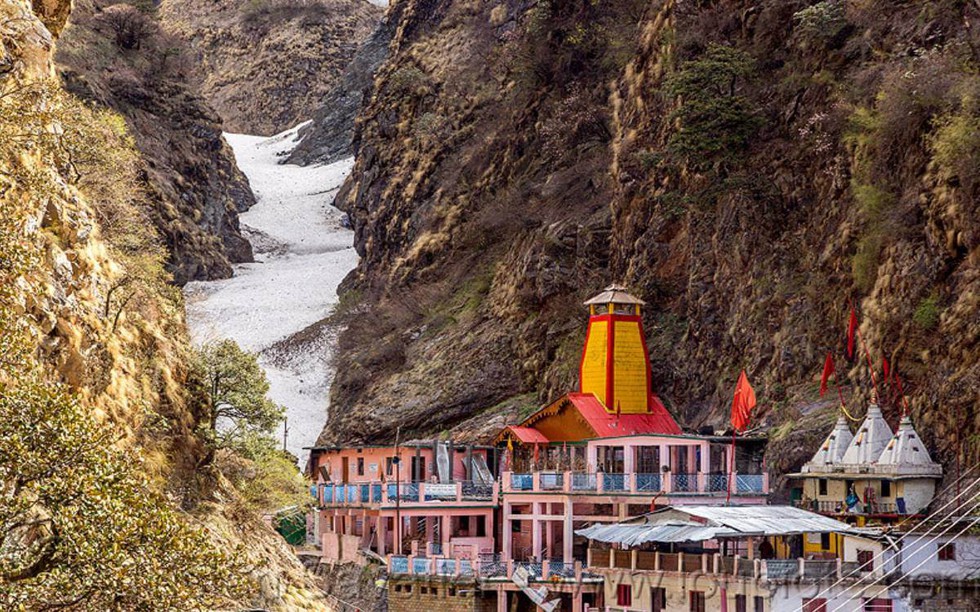
About Yamunotri Dham:
Key Facts about Yamuna River:
A group of senators in Liberia, situa...
Recently, the Union Minister of Steel...
Recently, the Government of India and...
Azerbaijan, which will host the 29th ...
Recently, the GROWTH-India Telescope ...
Several structures in the Yamunotri D...
NASA's Perseverance rover recently ma...
The mound-burial system of the Ahom d...
In the past year, three forest employ...
A health alert has been recently issu...